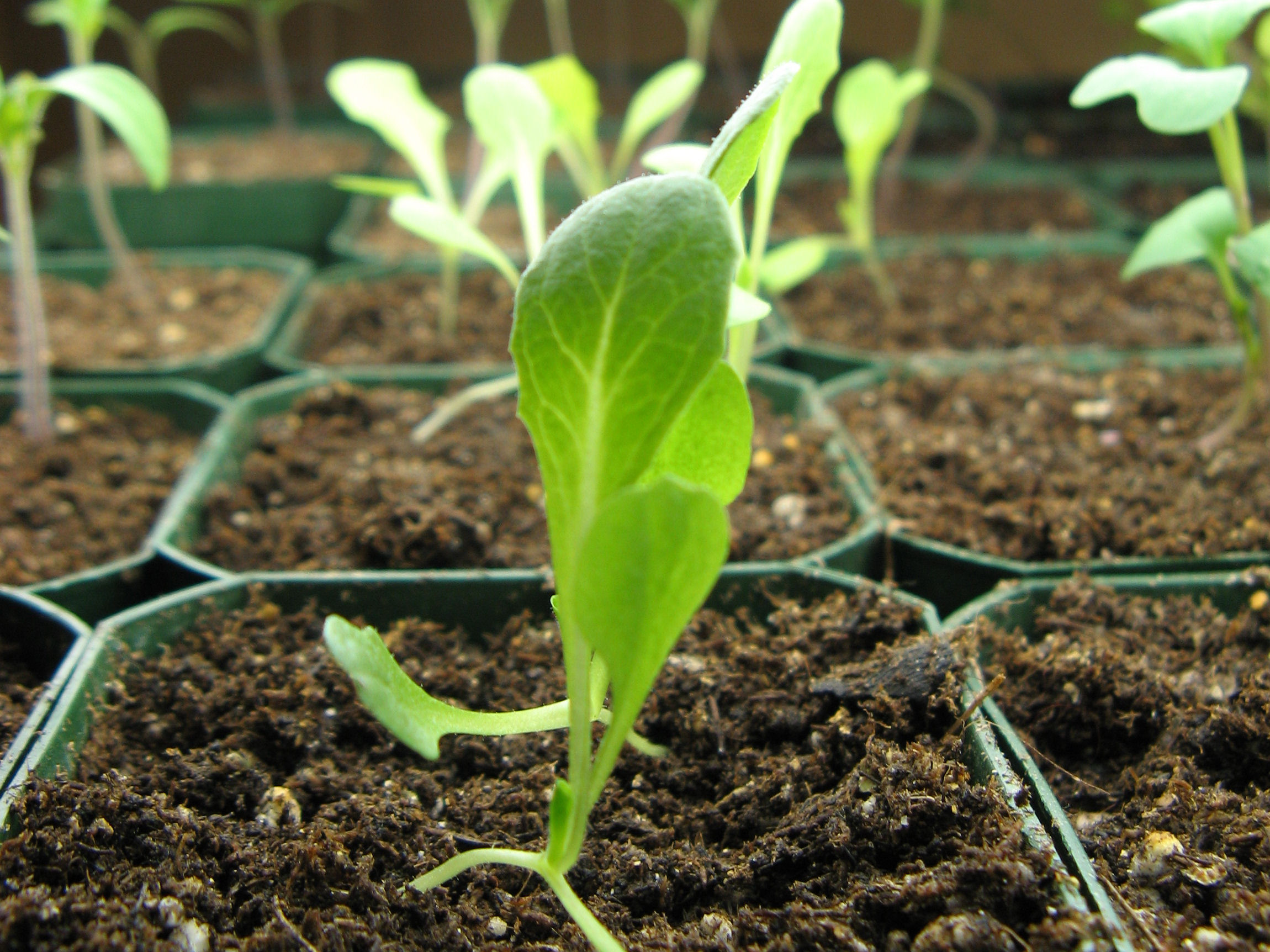

Culturing plants in water allowed scientists to easily add and remove particular minerals so that they could determine the effects of each mineral on plants. The simpler, ‘soilless culture’ version of hydroponics played an important role in developing the science of plant nutrition during the nineteenth century. Some plants like the pitcher plant actively prefer to have their roots clinging to a substrate. The Pothos plant in the photo below is held in place by the narrow neck of the container, and does not require any solid medium. These mediums do not contain nutrients as soil does and simply act as anchorage for the plant. Rockwool is a fiber made from molten rock, cut into cubes or blocks. You can use perlite, vermiculite, expanded clay, geolite, coconut coir, haydite, pumice, and rockwool. If the shape of your container doesn't keep your plant upright, you may also need to insert solid, inorganic materials to anchor the plant. This is often known as ‘soilless culture’ instead of hydroponics proper, where only water is required.
WATER AFTER TRANSPLANTING SEEDLINGS PLUS
The simplest hydroponic setup involves placing a plant in a glass container filled with nutrient-infused water plus some solid medium. Oregon State University File:Hydroponics (33185459271).jpg - Wikimedia Commons ‘Soilless culture’ The PVC pipes hold plants in place while allowing water to be pumped past their roots.

Purpose-built equipment holds plants upright as well as oxygenates and circulates water around their roots.Ī ‘true’ hydroponic system where plants are placed in water without any solid medium. This ‘true’ form of hydroponics does not require any solid medium. Technically, hydroponics refers to a horticultural technique where plant roots are suspended in nutrient-enriched water. You can experiment with different types of vessels to show off mesmerizing root patterns. Hydroponic cultivation also adds great beauty to any space. Hydroponics also does away with the soil-borne pests and diseases that afflict houseplants. The plant takes up as much water as it needs, and you only need to change the water infrequently. Hydroponic cultivation will save you from having to keep on top of different watering schedules for different plant species. Hydroponics is the art of growing plants in water rather than soil.


 0 kommentar(er)
0 kommentar(er)
